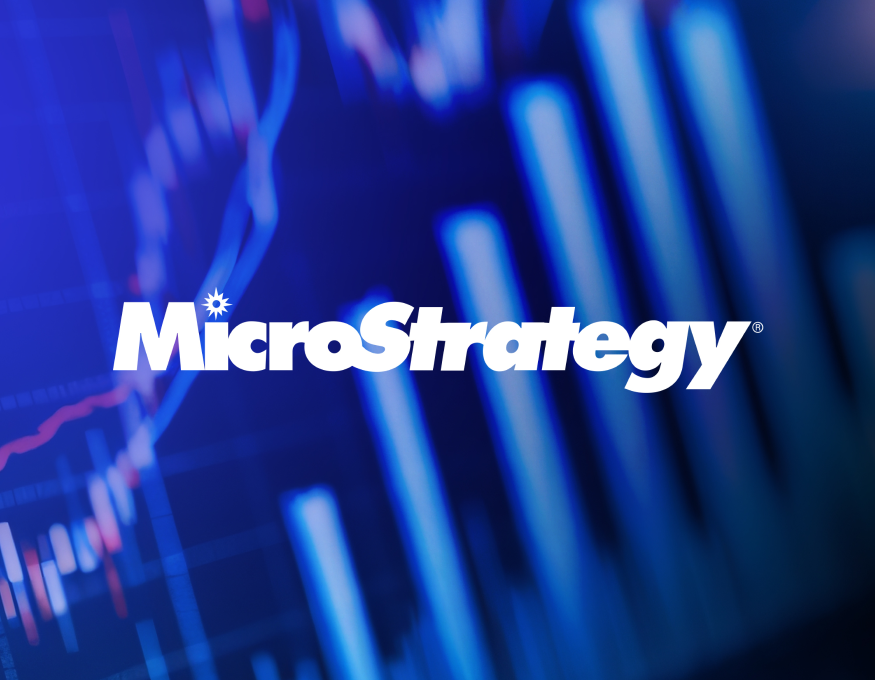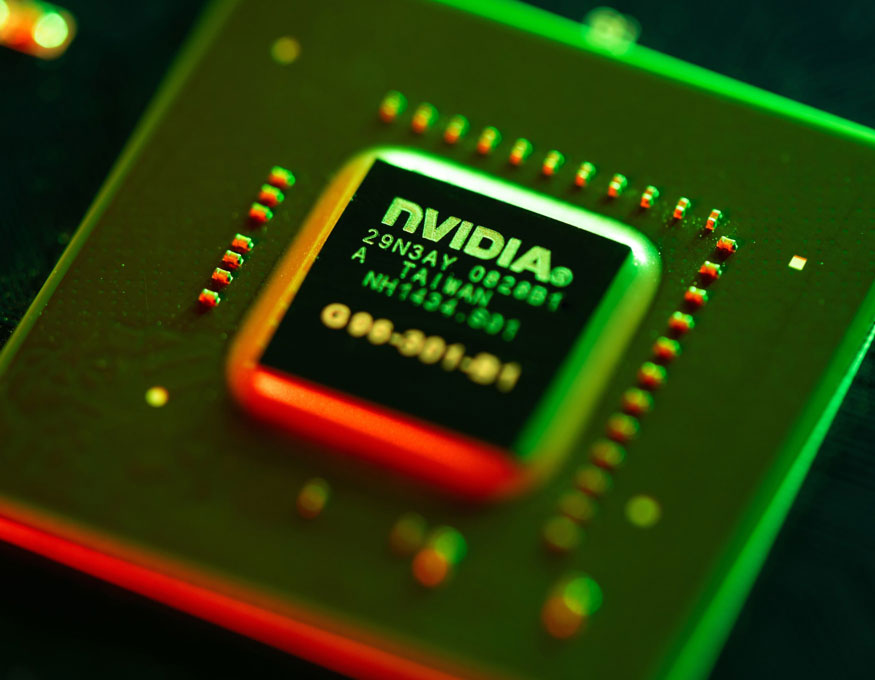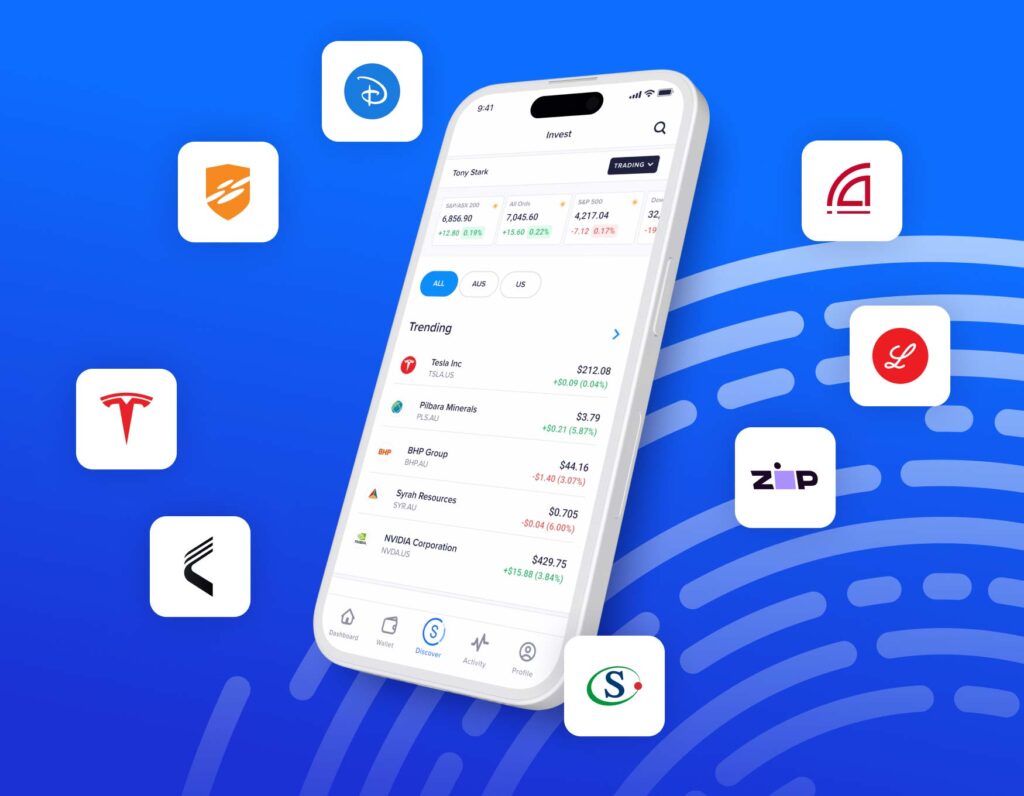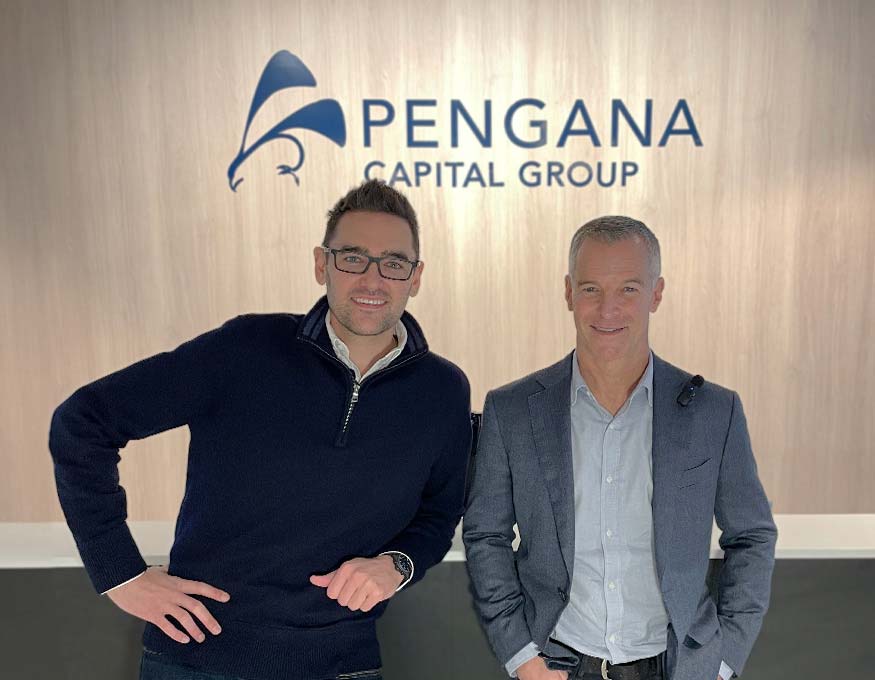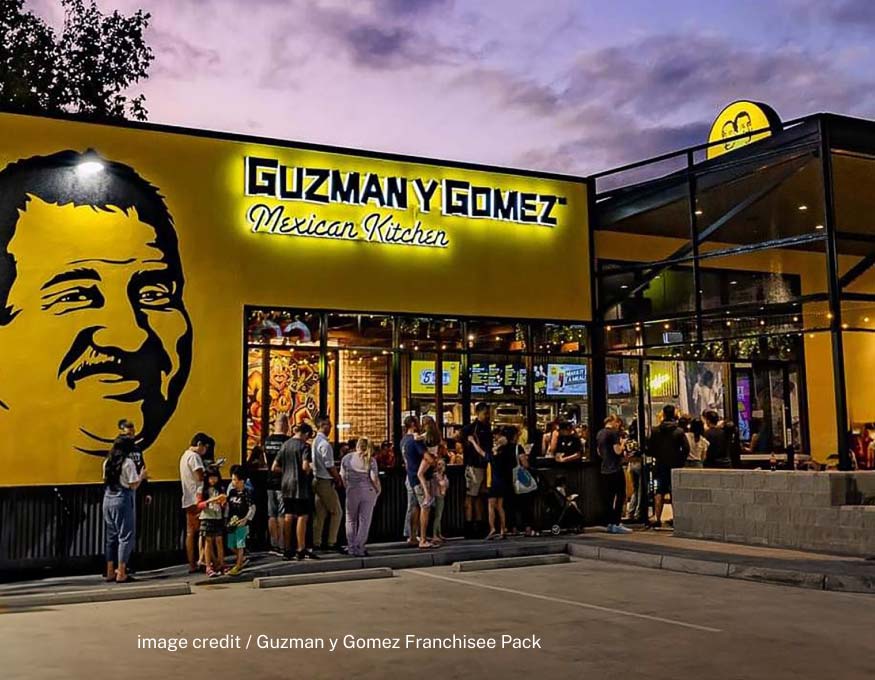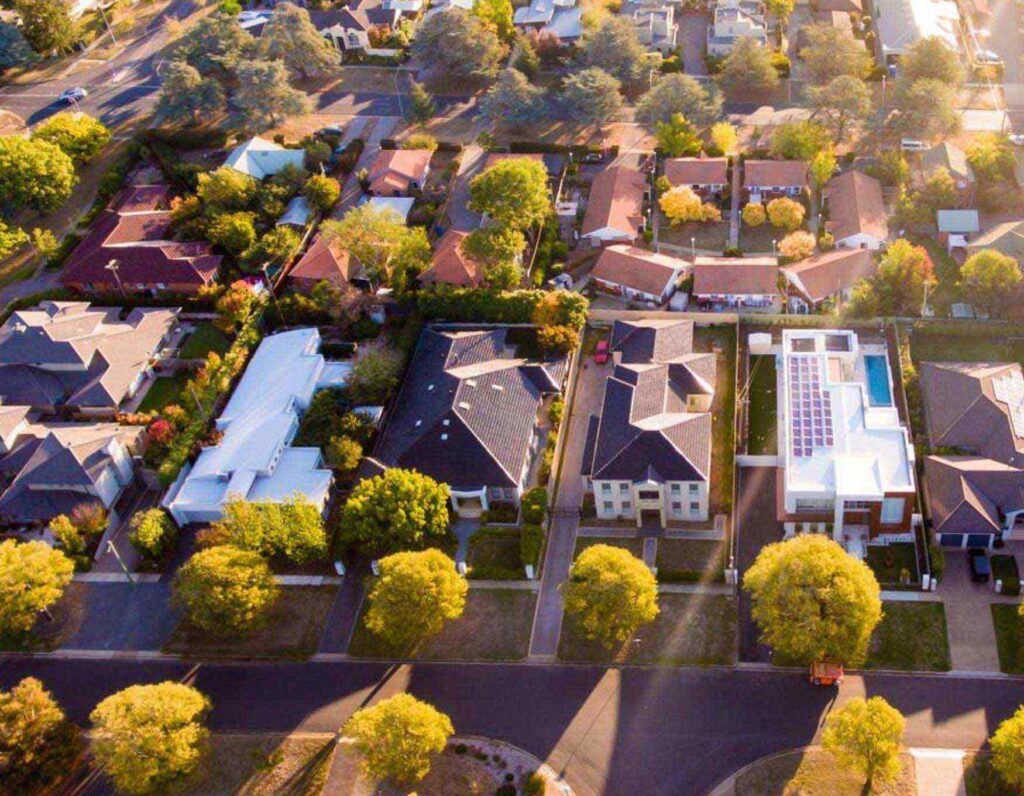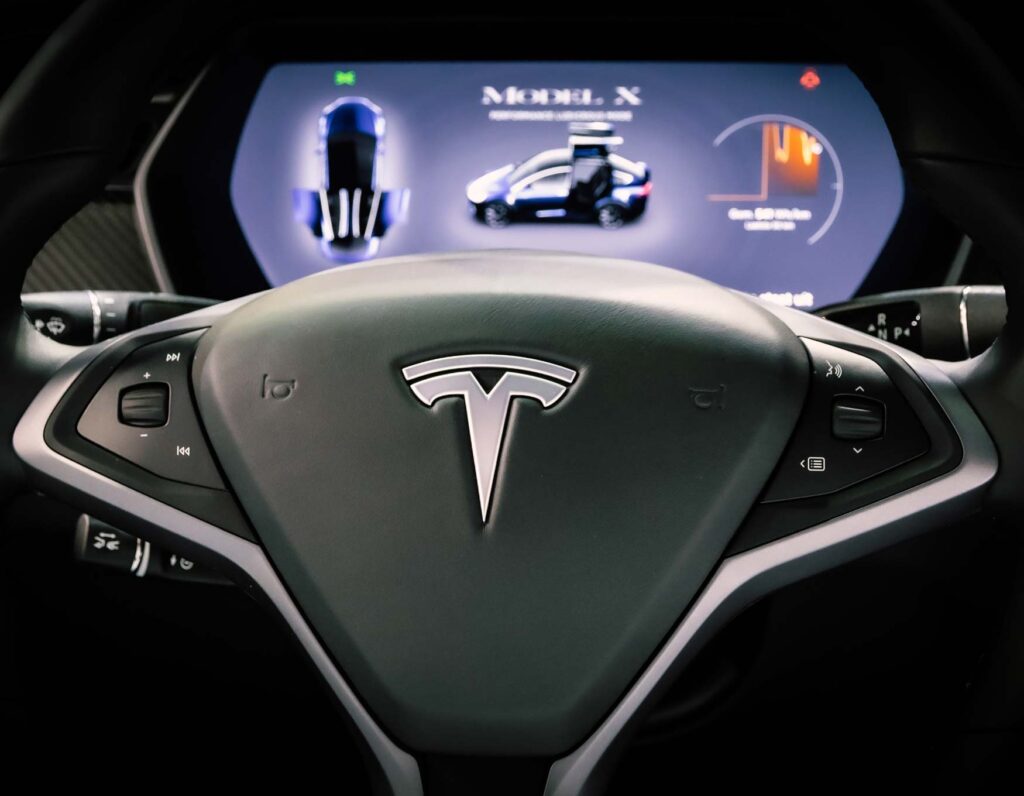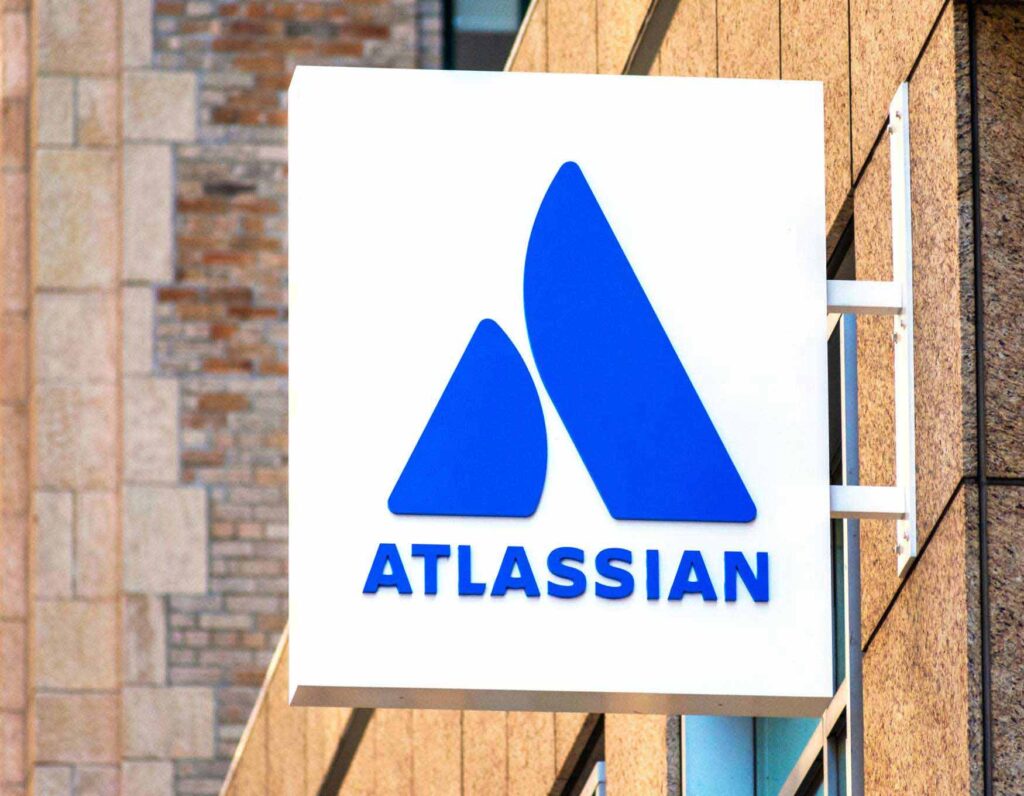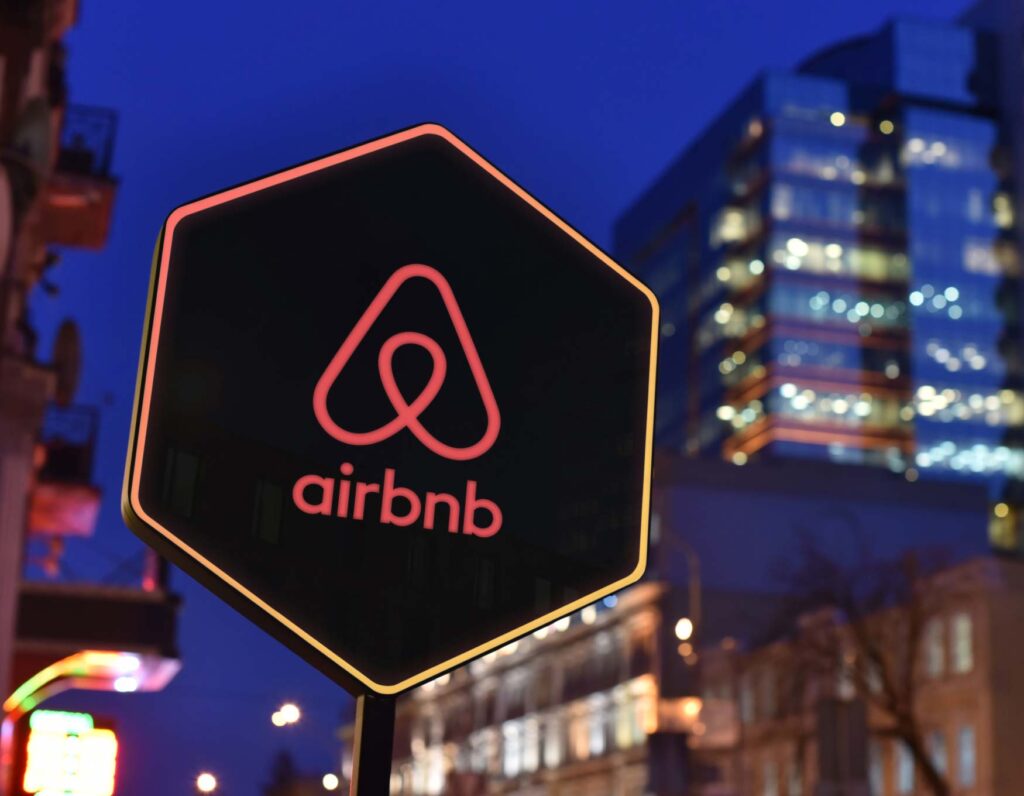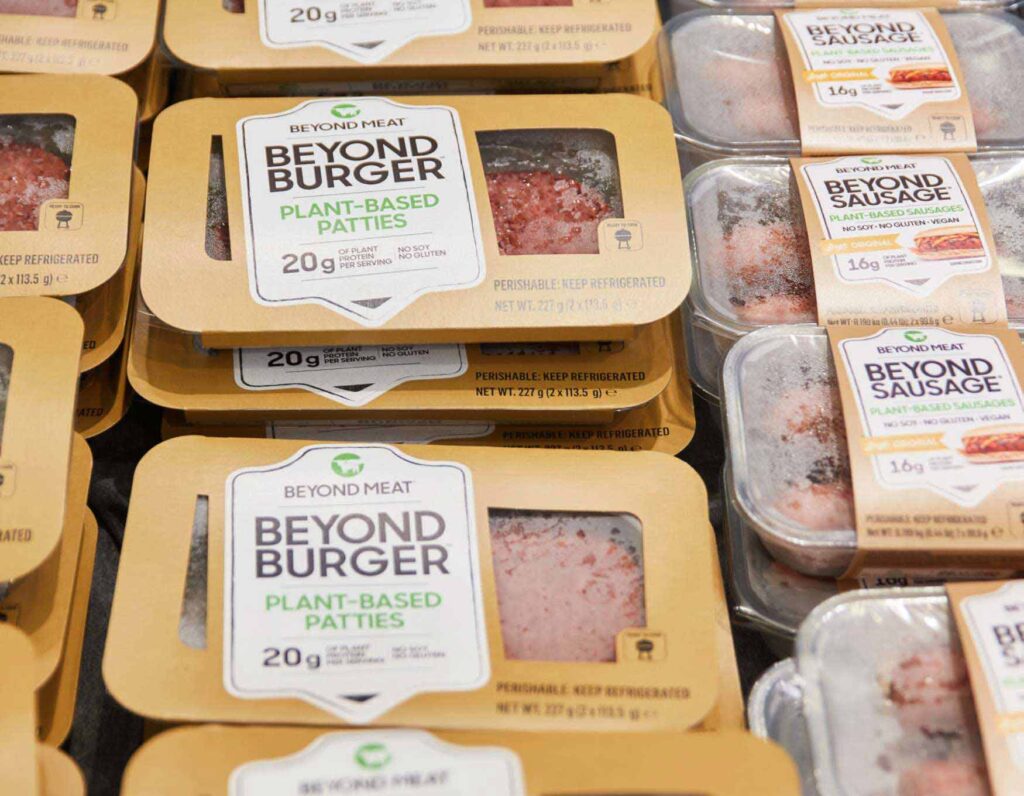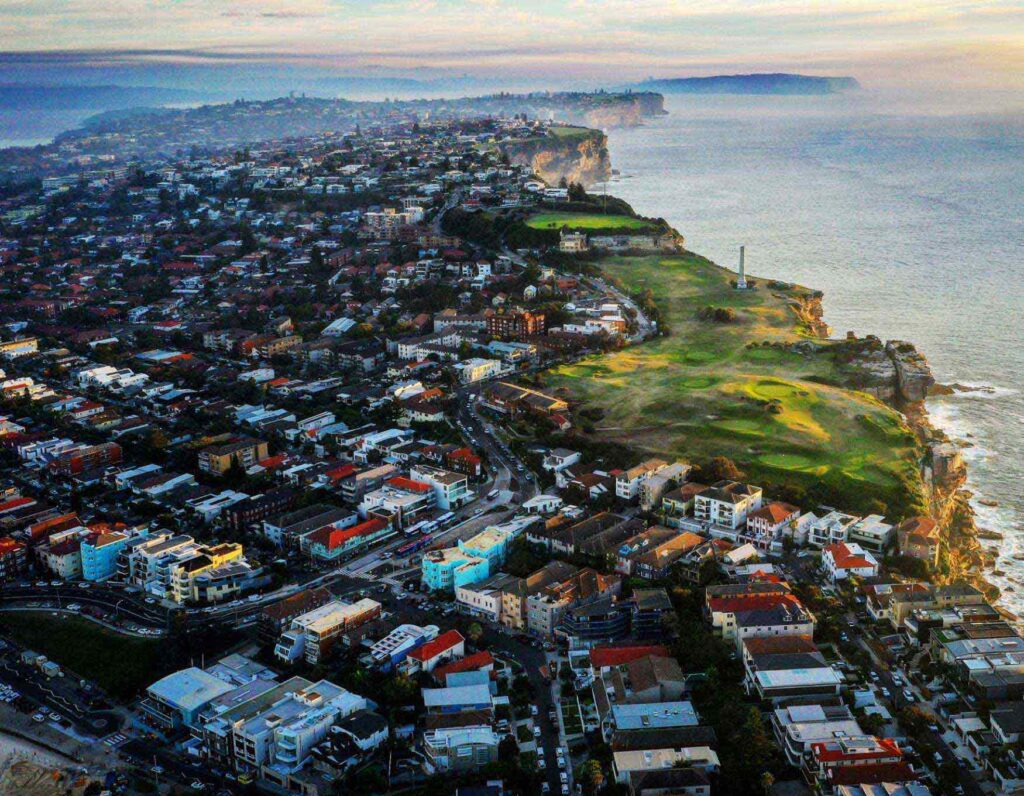Scan this article:
Imagine stepping into a restaurant where the air is alive with the tantalising aromas of sizzling carne asada and freshly made guacamole. The walls are splashed with colourful murals that transport you straight to a bustling Mexican mercado. Each dish on the menu tells a story, from the hearty burritos bursting with flavour to the crisp, golden tacos that crunch with every bite.
Yup, that experience is what made it grow to a network of over 200 restaurants across the world… And one of this year’s most anticipated ASX debuts.
Step into Guzman y Gomez – let’s look at its growth story, numbers and how it compares to similar publicly-listed companies.
The GYG growth story
Guzman y Gomez was founded by two Americans in the heart of Newtown, Sydney, in 2006.
While growth was initially on the slower side, it later saw its first franchise open in Brisbane by 2010. By 2013, its first international branch opened in Singapore.
What was a simple dine-in restaurant has since grown into a corporate chain that operates both its own outlets and a franchise network – all of which offer dine-in, takeaway, drive thru and home delivery, with options of purchasing in-person, in-app and online.
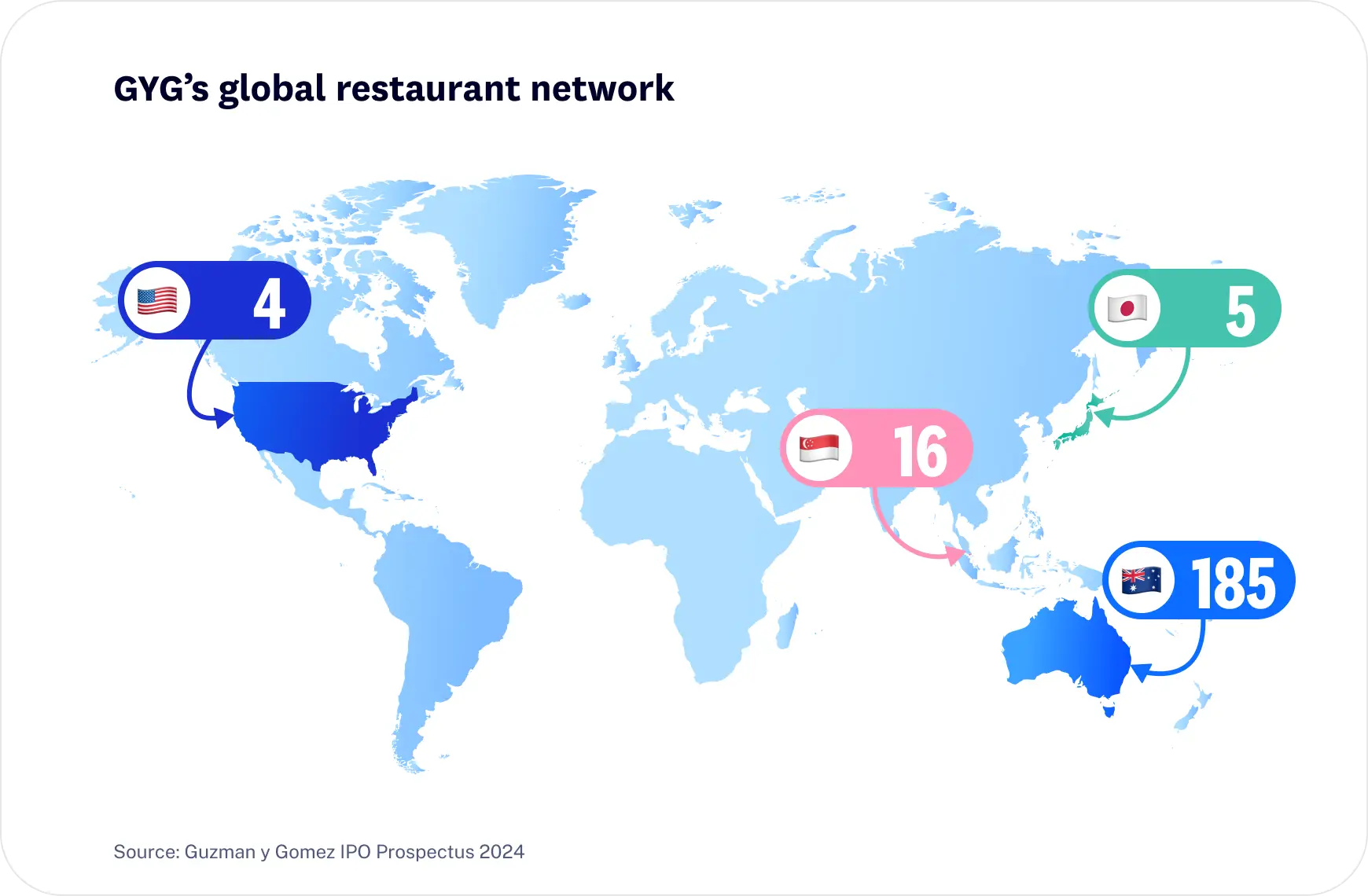
Now with a total of 210 restaurants in Australia, Singapore, Japan and the U.S., Guzman y Gomez is considered by many as one of the biggest success stories in the Australian hospitality industry.
One of its ambitions is to take this network to 1,000 stores over the next two decades.
How does GYG make money?
GYG’s Revenue Growth
GYG’s revenue model is split into its sales from its corporate restaurants (i.e. its owned restaurants) and its royalties from its franchise network.
In the last five years, this split has remained relatively consistent, with a range of 79-84% of revenues coming from its owned stores and the remainder from a mix of one-off and recurring franchise fees.
Over the years, GYG has seen its revenues climb at an impressive compound annual growth rate (CAGR) of 54%.
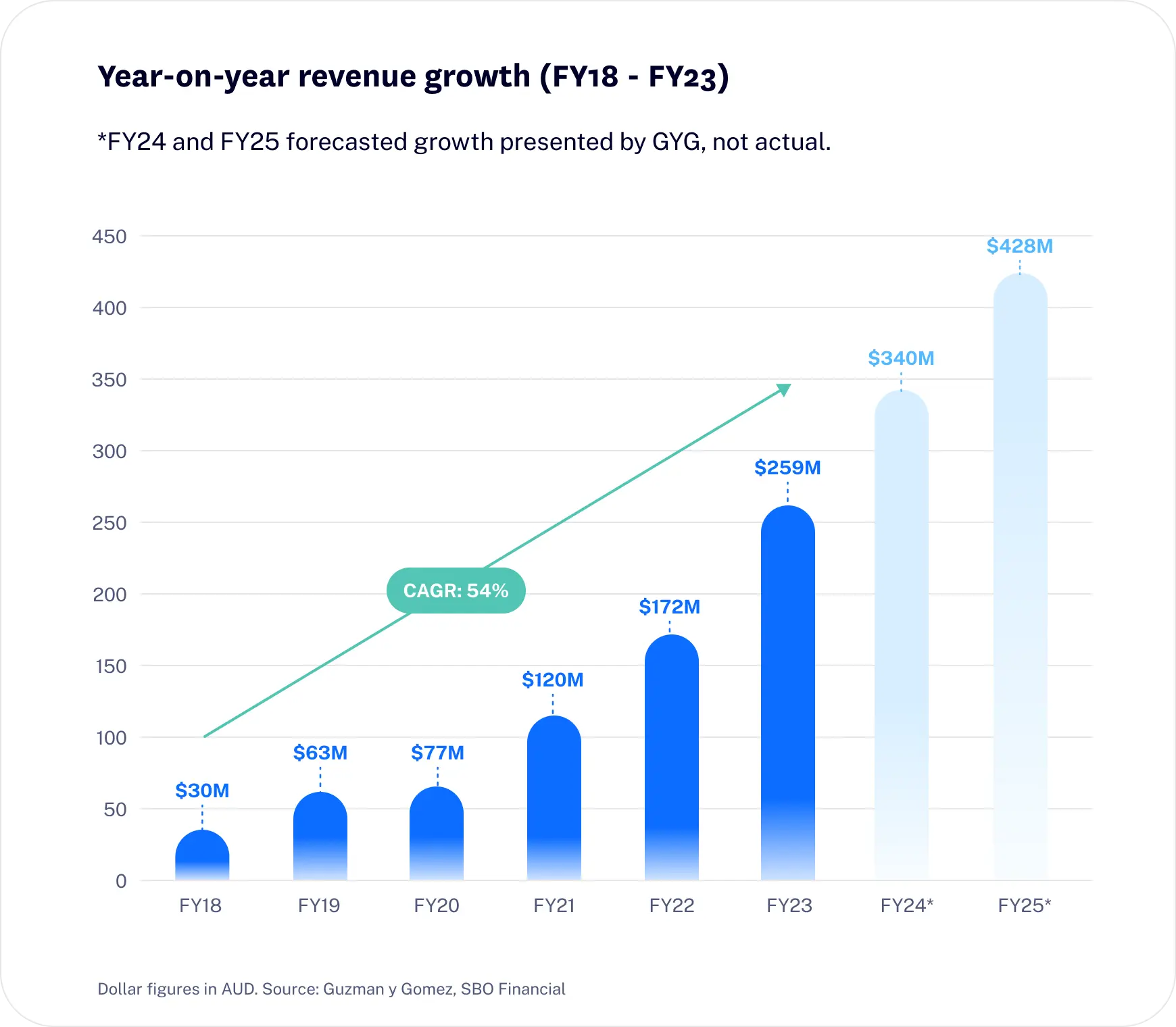
GYG estimates total revenue to hit A$428m by FY25 – this equates to a CAGR of 29% from FY23 to FY25.
This comes alongside its plans to grow its restaurants to a total of 225 by FY25, which will signify a 15% CAGR between FY23 to FY25 in the number of stores with GYG’s name.
Did you know?
Guzman y Gomez would only need a CAGR of 9.2% over the next 20 years (beginning FY24) for it to hit its goal of 1,000 restaurants in two decades!
GYG’s franchise fees
GYG charges a fixed upfront franchise fee of $90,000 per restaurant, plus a tiered franchise royalty structure that takes 8% of net weekly sales below $60,000 and 15% above that, among a few other fees. This tiered structure was only introduced in 2021. Prior to that, GYG had a fixed royalty fee of the lower 8%.
GYG expects franchise revenues to increase in the coming years as more franchises convert to the tiered structure. As at 31 March, only 50% of franchises had moved to the new structure.
Guzman y Gomez: In and Out of Profitability
In FY23, GYG recorded an overall corporate restaurant margin of 16.8%. Its Australia-based restaurants actually recorded higher margins, however this was offset by losses in its U.S.-based restaurants. GYG targets a corporate restaurant margin of 20% in the coming years.
Since FY18, GYG has shifted between profitability and loss. Its latest full-year results (FY23) showed a pro forma net income of A$3 million, however its statutory income statement showed an overall net loss of A$2.3 million.
GYG notes that the difference in the pro forma and statutory net income numbers is because the pro forma statement excluded one-off costs such as expenses related to its IPO and tech improvements, while including expenses that GYG expects to incur as a public company.
GYG projects itself to be at a statutory loss in FY24 before turning the tides and recording its would-be highest statutory net income of A$6 million by FY25.
Guzman y Gomez IPO details
Guzman y Gomez plans to debut on the ASX on 20 June 2024 under the ticker GYG (surprise!).
GYG’s initial IPO offer size was A$242.5 million, however this was recently beefed up to A$335.1 million following high demand from institutional investors.
Of that amount, GYG will be receiving A$200m, with the rest going to selling shareholders.
GYG IPO price details
GYG’s offer price for its IPO is $22 per share. GYG’s market cap is set to be A$2.23b based on this offer price. Its enterprise value is set to A$1.95b. More explanation on enterprise value in the next sections.
How GYG plans to use the funds from its IPO
GYG provided a breakdown of where it aims to use its funds.
- FY25F restaurant network expansion: A$49.1m
- Post-FY25F expansion plus general corporate purposes: A$133.5m
- Payment of IPO costs: A$17.4m
The challenge for GYG’s stock
While GYG’s IPO saw “significant demand” – it is an Aussie household name, after all – some analysts have raised concerns about GYG’s market value at its IPO price.
One analyst believes that GYG stocks are worth $7 less than its IPO price, while others haven’t quoted a specific price target but believed that the price multiples provided by GYG in its IPO offer were presented in a “flattering manner.”
Even GYG’s CEO, Steven Marks, who worked at a hedge fund pre-GYG, was quoted saying that the IPO price was “too expensive.” However, he does believe that the company’s growth outlook wasn’t overly optimistic.
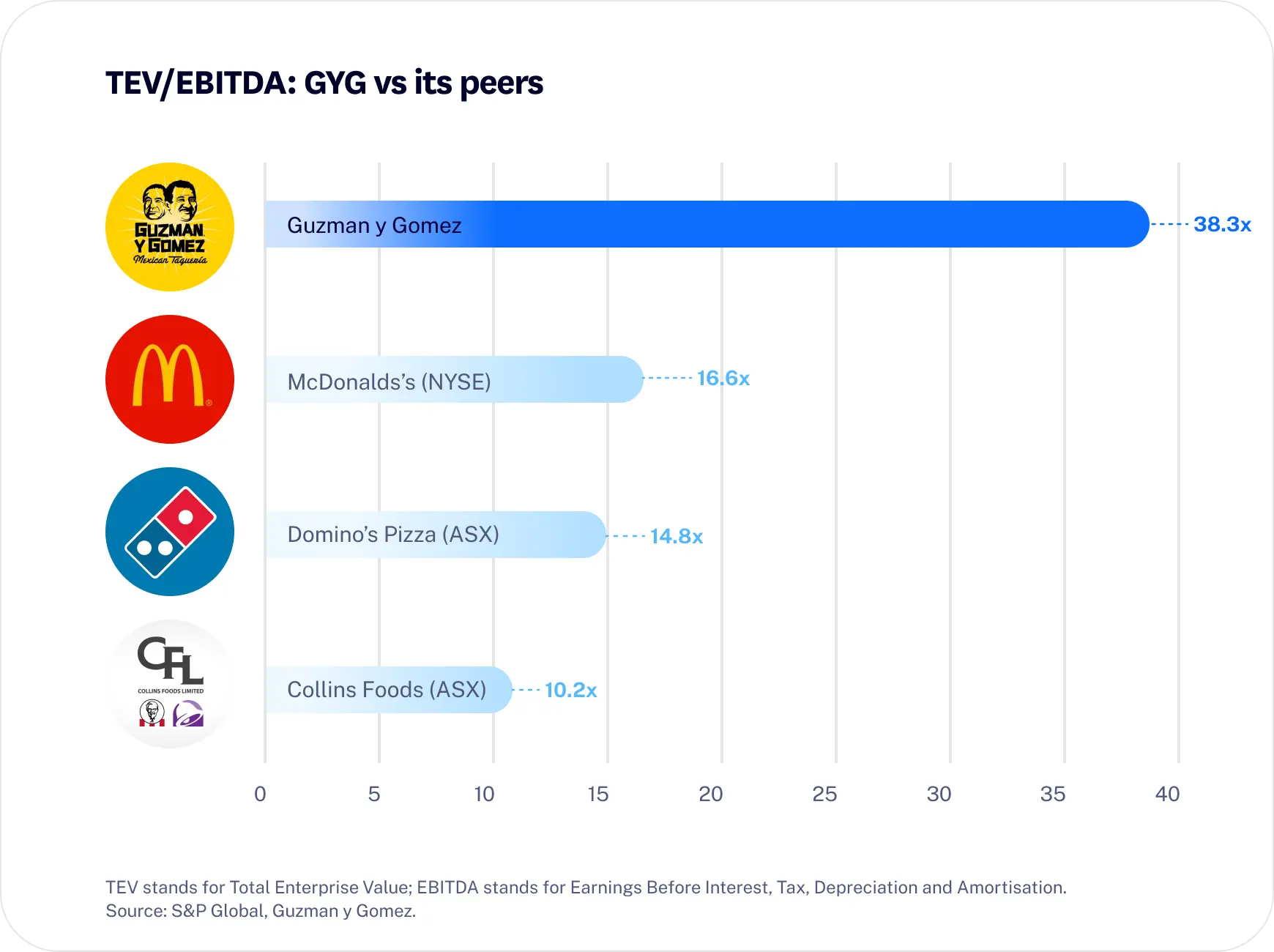
The above graph shows a comparison between the price multiples of GYG and its peers, using the TEV/EBITDA multiple.
To get a bit technical, Total Enterprise Value (TEV) is a measure of a company's complete worth, calculated by adding its market capitalization, debt, and preferred shares, then subtracting its cash and cash equivalents; it shows the total cost to buy the company.
Meanwhile, EBITDA stands for Earnings Before Interest, Taxes, Depreciation, and Amortisation. It's a measure of a company's financial performance that generally shows how much profit it makes from its core operations.
TEV/EBITDA is a commonly used price multiple for comparing a public company’s value to its peers. The higher the multiple is, the higher the price of a stock is compared to its profitability. In this case, GYG’s TEV/EBITDA multiple of 38x is more than double McDonald’s.
Guzman y Gomez (ASX:GYG) will be available on Superhero from 8AM AEST 20 June 2024! GYG is expected to start trading on the ASX from 12PM AEST.
As always, it is essential to conduct your own research and due diligence before making any investment decisions. Superhero does not provide financial advice that considers your personal objectives, financial situation or particular needs. All investments carry risk so please consider carefully before investing. Remember that past performance is not indicative of future performance. Graphics, charts and graphs provided for illustrative purposes only.

Become a part of
our investor community
Why you should join us:
- Join free and invest with no monthly account fees.
- Fund your account in real time with PayID.
- Get investing with brokerage from $2. Other fees may apply for U.S. shares.
Read our latest articles
Make knowledge your superpower and up your skills and know-how with our news, educational tools and resources.




